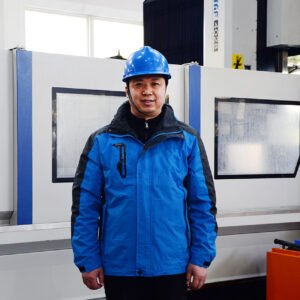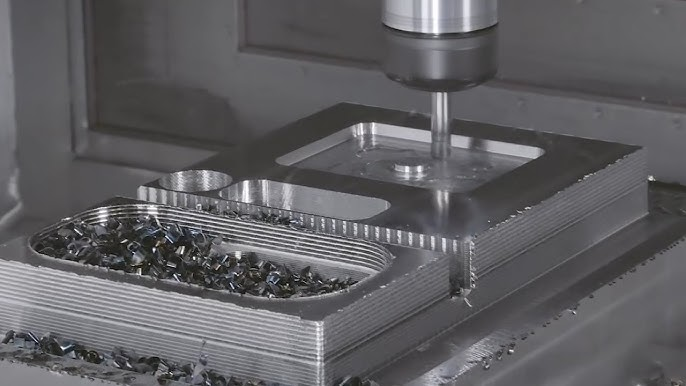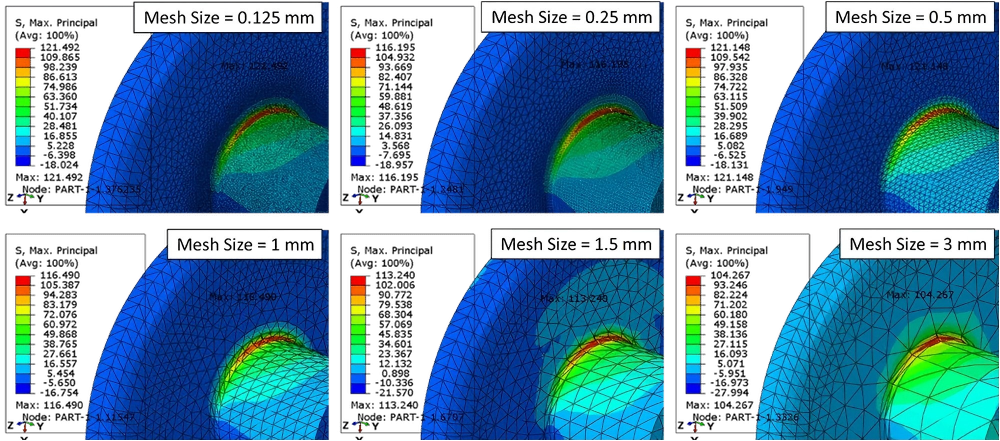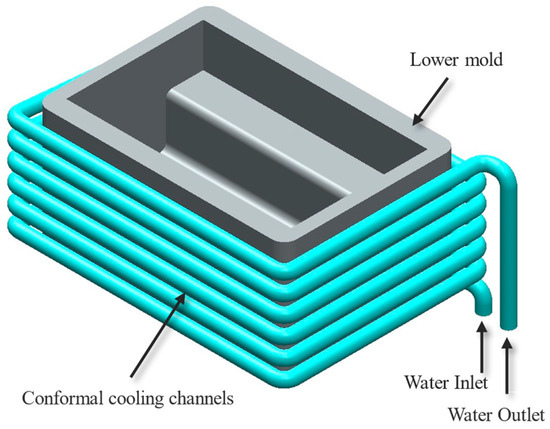Vacuum chambers must be airtight. But what happens when welding introduces cracks? This can be a costly problem.
Welding cracks appear because of stress and material properties. They can severely compromise the vacuum. Knowing how to prevent and fix them is very important.

So, let’s explore the causes, effects, and solutions for welding cracks in vacuum chambers. This will help you maintain the integrity of your vacuum systems.
How Are Welding Cracks Generated?
Worried about why those cracks keep showing up in your welds? It is a common issue. Understanding the cause is the first step to fixing it.
Welding cracks are often caused by thermal stress. The rapid heating and cooling during welding can cause materials to expand and contract. This leads to stress.

Several factors contribute to the formation of welding cracks. Material selection plays a crucial role. For instance, aluminum, commonly used in vacuum chambers, has a high coefficient of thermal expansion. This means it expands and contracts significantly with temperature changes, increasing the risk of cracking.
Welding parameters, such as current, voltage, and travel speed, must be carefully controlled. High welding speeds can lead to rapid cooling, creating stress concentrations. Contaminants in the welding environment, such as moisture or oxides, can also weaken the weld and promote cracking. Furthermore, the design of the weld joint itself can influence crack formation. Sharp corners or complex geometries can act as stress concentrators.
To mitigate these issues, preheating the base material can reduce the thermal gradient. It can ensure a more uniform cooling process. Selecting appropriate filler materials that match the thermal properties of the base material is also important. Shielding gases, such as argon or helium, protect the weld pool from atmospheric contamination. They also promote a cleaner, stronger weld.
How Much Do Welding Cracks Affect the Vacuum Degree?
Is a small crack really a big deal? Yes, it is! Even tiny cracks can ruin the vacuum you need.
Welding cracks compromise the airtight seal. This results in leaks. These leaks reduce the vacuum degree.

The impact of welding cracks on vacuum performance depends on several factors. These include the size, location, and number of cracks. Even microscopic cracks can create significant leaks over time. The acceptable level of leakage varies depending on the application. High-vacuum applications, such as semiconductor manufacturing, demand extremely low leak rates. In these cases, even minor welding cracks can be detrimental.
The location of the crack is also critical. Cracks near sealing surfaces or joints can have a more significant impact than those in less critical areas. Multiple cracks, even if small, can collectively create a substantial leak path. The effect of welding cracks can be assessed through leak testing. This involves pressurizing the chamber and using specialized equipment to detect escaping gas.
The presence of welding cracks can also lead to long-term reliability issues. Repeated pressure cycles and thermal stresses can cause cracks to grow over time. This leads to catastrophic failures. Addressing welding cracks promptly is crucial for maintaining the performance and longevity of vacuum chambers.
How to Effectively Prevent Welding Cracks?
Want to avoid welding cracks altogether? A few key strategies can make a big difference. Prevention is better than cure.
Preheating materials helps. Using the right welding parameters matters. Also, keeping the welding area clean is important.

Preventing welding cracks involves a multi-faceted approach. This includes careful material selection, proper joint design, controlled welding parameters, and effective post-weld treatments.
| Prevention Method | Description |
|---|---|
| Material Selection | Choose materials with low thermal expansion coefficients and high weldability. |
| Joint Design | Design joints to minimize stress concentrations. Avoid sharp corners and ensure proper fit-up. |
| Welding Parameters | Control current, voltage, and travel speed to reduce heat input and prevent rapid cooling. |
| Preheating | Preheat the base material to reduce thermal gradients and ensure uniform cooling. |
| Shielding Gas | Use appropriate shielding gases (e.g., argon, helium) to protect the weld pool from contamination. |
| Post-Weld Treatment | Apply stress relief techniques (e.g., heat treatment, peening) to reduce residual stresses and improve the weld's resistance to cracking. |
By implementing these strategies, you can significantly reduce the risk of welding cracks in vacuum chambers.
How to Assess the Technical Competency of Welding Service Providers?
Choosing the right welder is key. How do you know they are up to the task? Look for specific qualifications and experience.
Check their certifications and past projects. Ask about their experience with vacuum chambers. A skilled welder can prevent many problems.

Assessing the technical competency of welding service providers requires careful evaluation. This ensures they can deliver high-quality welds that meet the stringent requirements of vacuum chambers.
First, verify their certifications. Look for certifications from recognized welding organizations. These certifications validate their skills and knowledge. Also, check their experience with similar projects. Ask for examples of vacuum chamber welding projects they have completed. Review their track record for quality and reliability.
Talk to the welders about their understanding of welding metallurgy. A competent provider should be familiar with different welding techniques. They should also understand the properties of materials commonly used in vacuum chambers. Evaluate their quality control processes. Inquire about their inspection methods and documentation practices. A provider with robust quality control measures is more likely to deliver consistent results.
Finally, assess their communication and problem-solving skills. Welding projects often involve complex challenges. A competent provider should be able to communicate effectively. They should also be able to identify and address potential issues proactively.
Are There Any Remedial Measures After Welding Cracks Appear?
Found a crack after welding? Don’t panic! There are ways to fix it.
Small cracks can be repaired by re-welding. Sometimes, you might need to use special fillers. Always test the chamber after repairs.

When welding cracks appear in vacuum chambers, several remedial measures can be taken. The appropriate method depends on the size, location, and severity of the cracks.
Small cracks can often be repaired by re-welding the affected area. This involves removing the cracked weld metal and re-welding the joint using appropriate welding techniques and filler materials. Larger cracks may require more extensive repairs. This involves cutting out the damaged section and replacing it with a new piece of material.
Before re-welding, it is crucial to identify and address the underlying cause of the cracking. This may involve adjusting welding parameters, improving joint design, or changing material selection. After completing the repairs, the weld must be thoroughly inspected using non-destructive testing methods. Dye penetrant testing or ultrasonic testing can detect any remaining cracks or defects.
Regardless of the repair method used, it is essential to conduct a leak test after the repairs are complete. This ensures that the vacuum chamber meets the required leak rate specifications. If the leak test fails, further repairs may be necessary.
Conclusion
Welding cracks can ruin vacuum chambers. But, understanding the causes and solutions helps maintain vacuum integrity.







